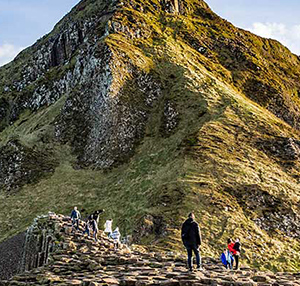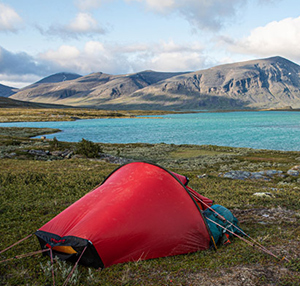Into the Unknown; Key Skills Every Trail Runner Needs
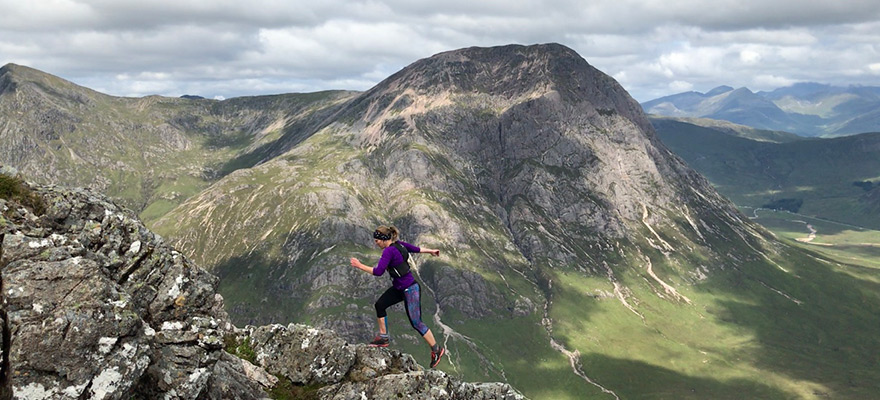
Photo Credit: Girls on Hills
For many people, the appeal of trail running is the simplicity and accessibility of running, combined with the benefits of time spent in nature. And it’s true – you don’t need much in the way of equipment or skills to get outside on your first trail run. But the sport of trail running should come with a warning – it’s addictive! Newcomers are soon wondering how to run further, harder or wilder.
Keri Wallace, trail running guide and Co-Director of Girls on Hills (supported by Ellis Brigham Mountain Sports), describes the key skills trail runners need to take that all-important step into the unknown.
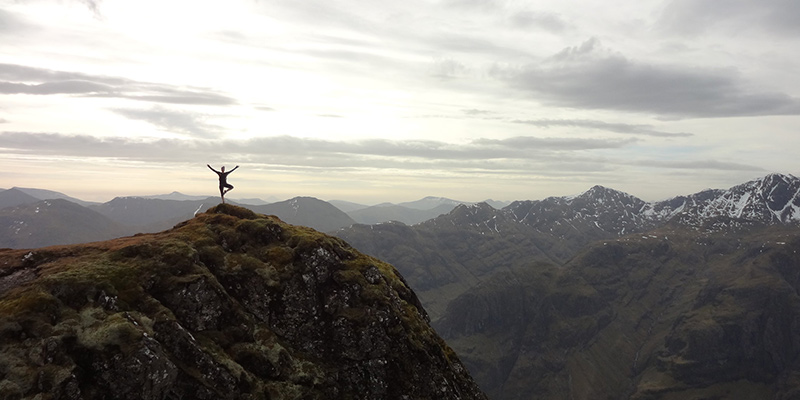
Photo Credit: Girls on Hills
- Route planning
Most people run the same trails over and over again because they are nearby or fear they will get lost on an unfamiliar route. But the best way to inject some excitement into your trail running, and take it to the next level is to run new trails and explore more! For this, you will need to hone your route-planning skills.
Start with map-familiarisation and shorter forays out of your comfort zone. Set yourself manageable goals and let someone know where you’re going. Planning and visualising ‘landmarks’ (tick-off features) along your journey is the first step in navigating your new route.
- Navigation
The list of GPS watches and smartphone apps for navigation is long indeed. But just carrying one of these devices is not sufficient. Whatever you decide to use, make sure you know how to use it properly out on the trail (understand the display, functions and menus).
Also, make sure the battery life is enough for your planned adventure. If you’re going to be running in the mountains or a remote location, make sure you also carry a map and compass (and know how to use them). Learning some simple navigation skills will keep you on track...
...
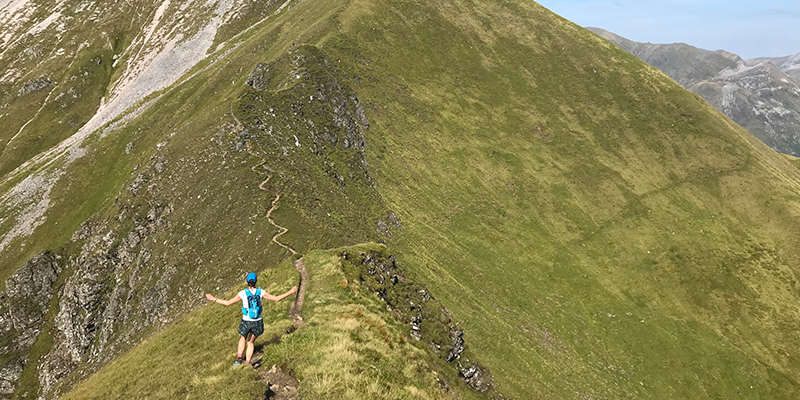
Photo Credit: Girls on Hills
- Understanding the weather
Never underestimate the importance of weather on how you’ll feel and how long your run will take you. On a short run it’s okay to get a bit wet, but on long or remote adventures, take every effort to stay dry (put your waterproofs on early).
Once you’re wet, you rarely dry-out in the UK! The ambient temperature doesn't need to be especially cold for you to get into trouble, and the combination of wind and rain is your worst enemy. A strong headwind will make your run feel much harder than it is (and so it will take you longer), and low visibility will mean more self-navigation – which will also slow you up! Always have the worst-case scenario forecast in mind when you’re packing your vest.
- Packing and carrying
Running is no fun with an overly heavy bag or vest. It is wise, however, to be cautious and take a bit more than you need when you’re setting out on your first adventure-run. The answer to this conundrum is to take the lightest and most ‘packable’ gear you can find, without compromising on safety.
Always take waterproofs (jacket and trousers), and a small first aid kit. Keep your mobile phone dry using a reputable case or dry bag. When it comes to keeping warm, you’ll need to learn what layering system works for you through a process of trial-and-error, as everyone is different.
You’ll need a vest or running pack that has enough volume for all the things you need, and that feels comfy (try on a range of packs in-store if you can). When packing, make sure that the things you’ll be reaching for regularly are easily accessible, so that you can do less ‘faffing’ and more running!
...
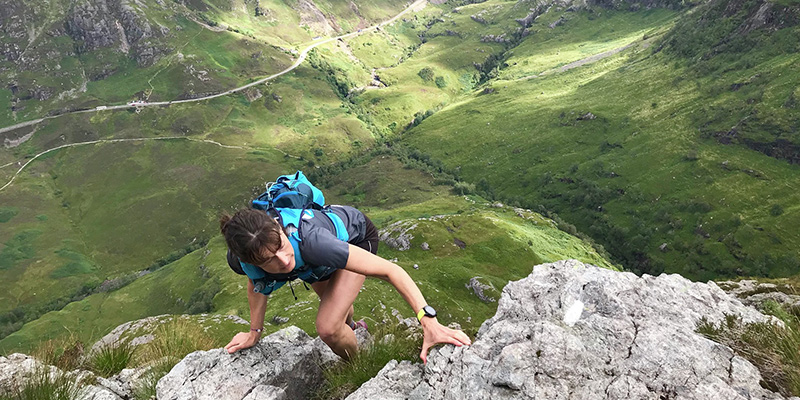
Photo Credit: Girls on Hills
- Basic first aid
Trail running is often a solo activity, so you need to be able to look after yourself and get back to safety if you need medical attention. Thankfully most running-related ailments are preventable, such as blisters, chaffing, low-blood sugar and hypothermia, but of course accidents happen. Knowing how to bandage a strain or sprain, and how to stem a bleed is useful, as these are the most likely outcomes of a slip or fall.
The more remote your trail running activities, the more important emergency first aid becomes. It is useful to recognise early signs of hypo- and hyperthermia/heat exhaustion, as well as how to do CPR (on passers-by or other runners). If you're heading into the mountains, make sure you know when and how to call mountain rescue (and protect your mobile phone’s battery and integrity in case you need to make that all-important call).
- Choosing the correct footwear
Selecting the right trail shoe for your run can be make-or-break. Choose a shoe with the grip, support and cushioning needed (or not needed) for the terrain on your chosen route. It can be almost impossible to run in very muddy conditions if your shoes don’t have big enough lugs.
Equally, shoes with great grip and no cushioning might leave you feeling sore after a long run on a hard-packed trail. Durability is also important for racing versus training runs. Ultimately you need to know what terrain and conditions to expect underfoot, as well as what you find comfortable, and this takes experience. But underestimating the importance of footwear from the outset is to sell yourself short on the trail.

